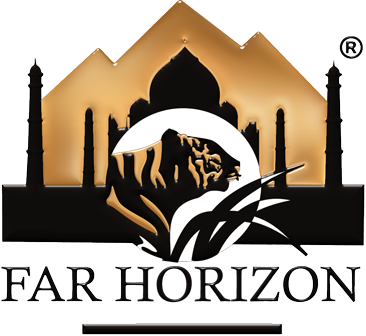North India is like a colour palette of an artist, that would beautifully paint the canvas with the green of the farms and valleys, the brown of the mountains and deserts, the white of the snow to the blue of rivers perfectly. Endowed with diverse topography, climatic conditions, and cultural beliefs, North India covers an area of about 1,420,540 sq km. The dominant geographical features of North India are the Indus-Gangetic Plain and the Himalayas, which demarcate the region from the Tibetan Plateau and Central Asia.
North India includes the states of Haryana, Himachal Pradesh, Jammu and Kashmir, Punjab, Uttarakhand, Uttar Pradesh and Delhi and Chandigarh.












































































